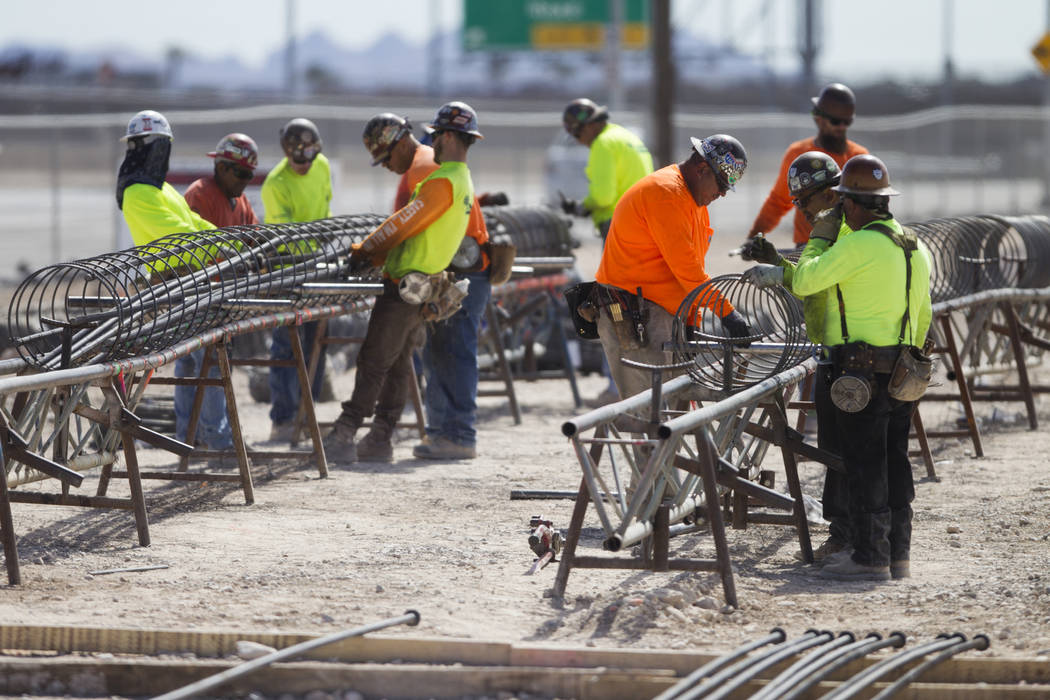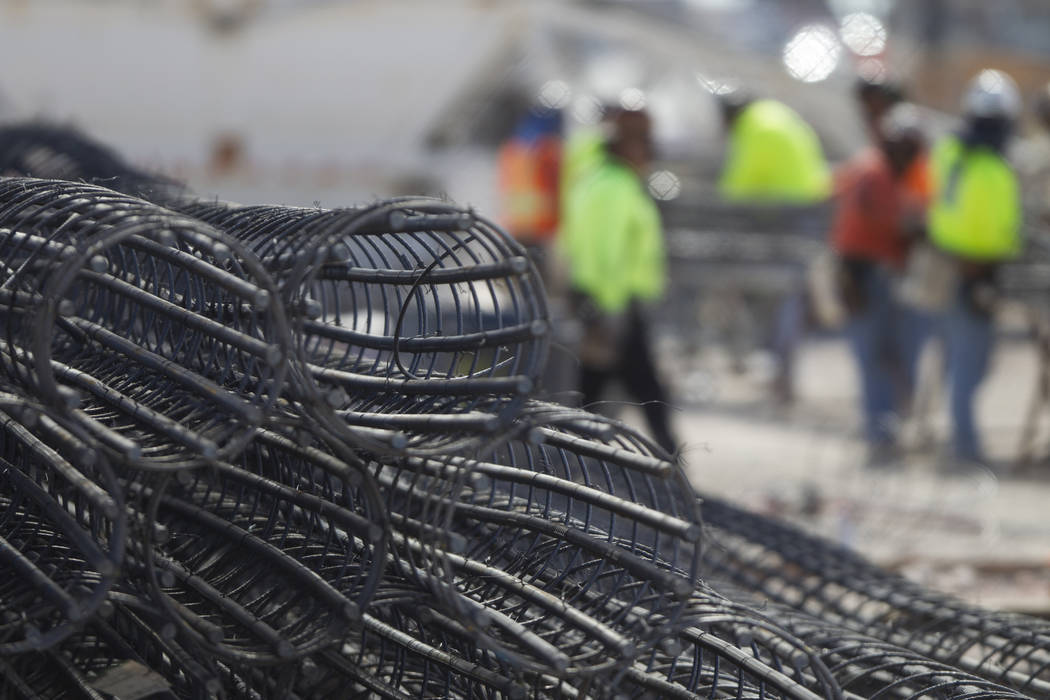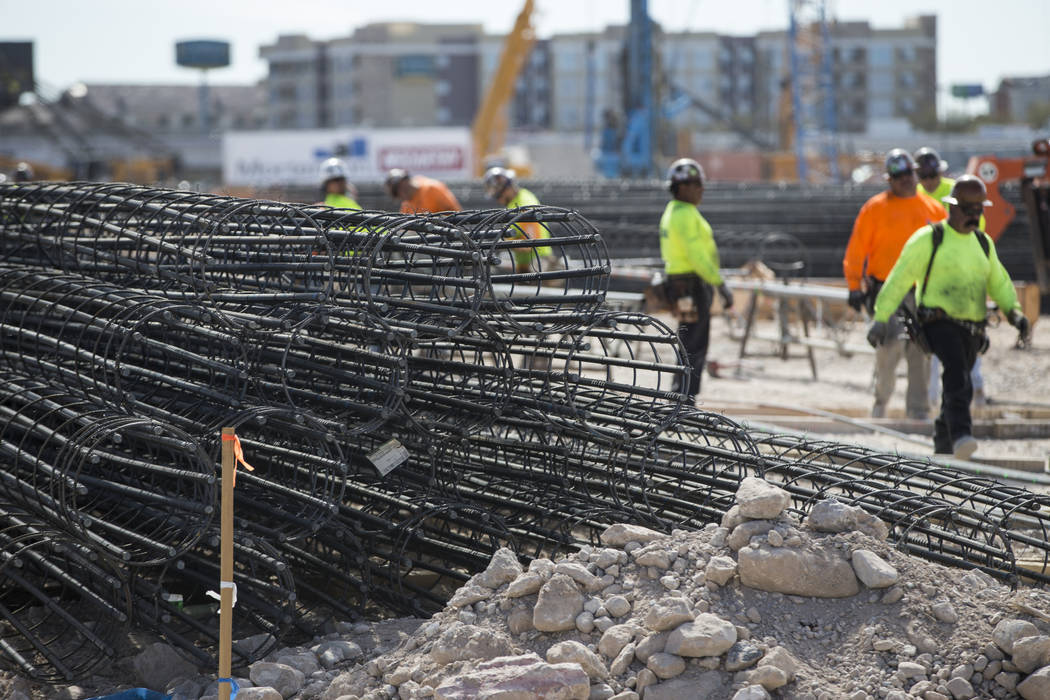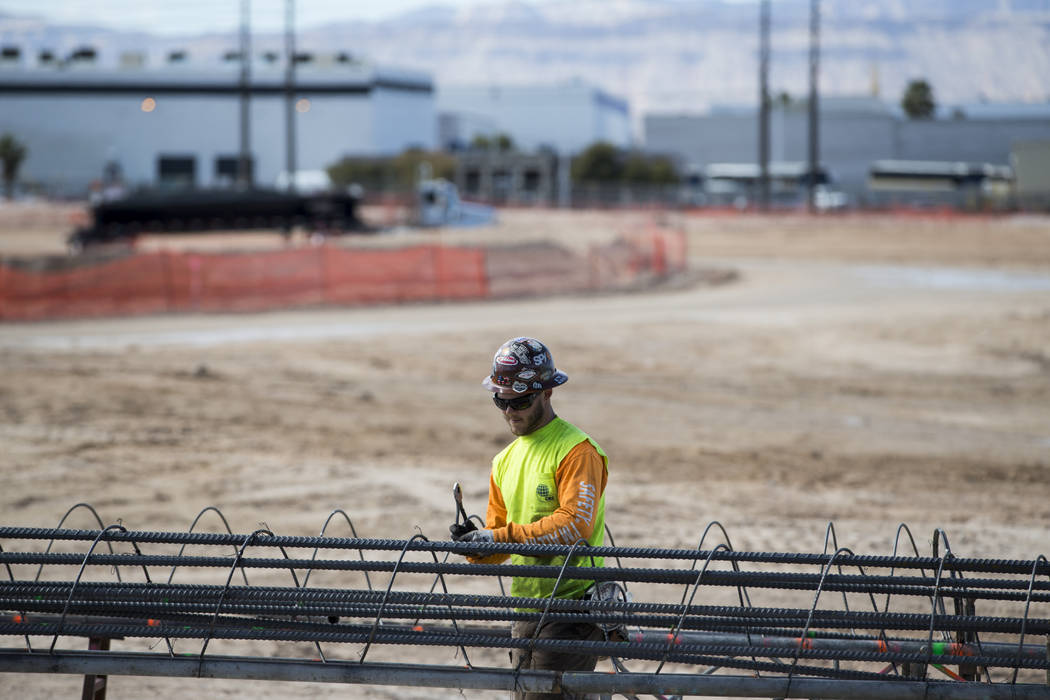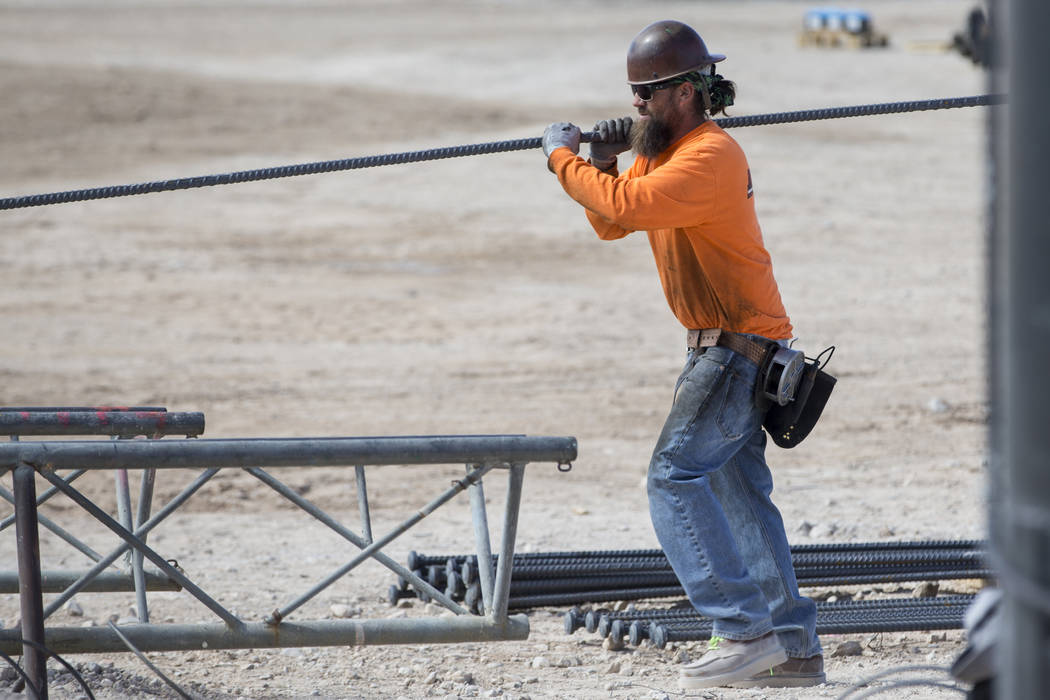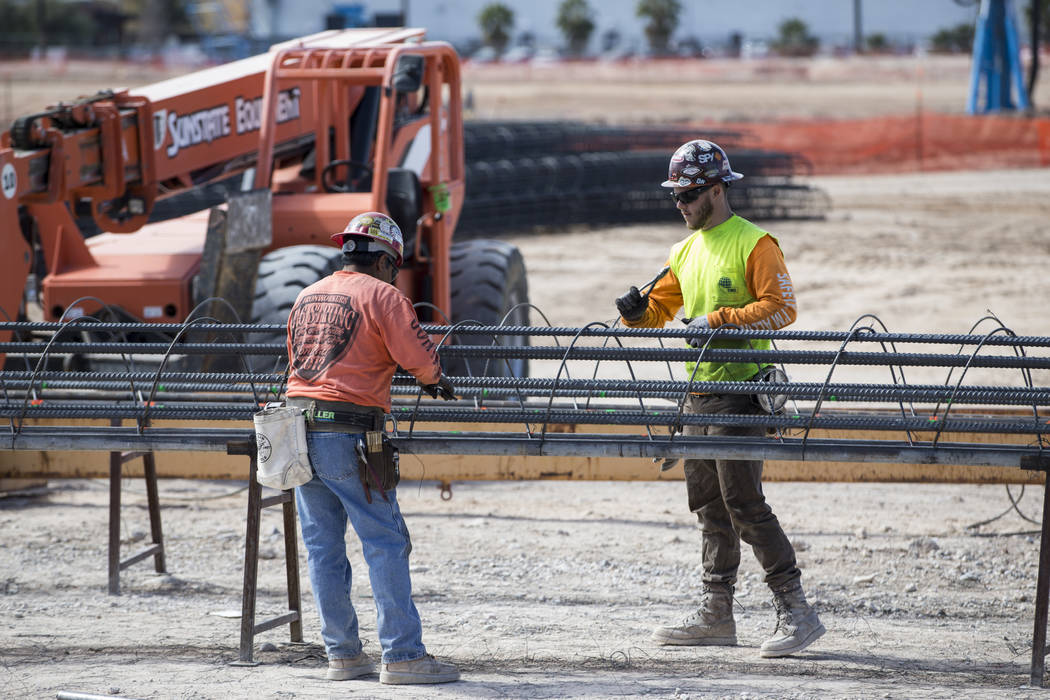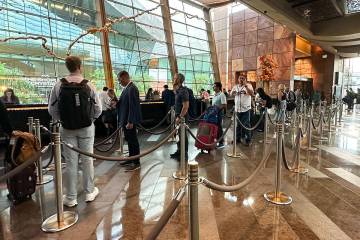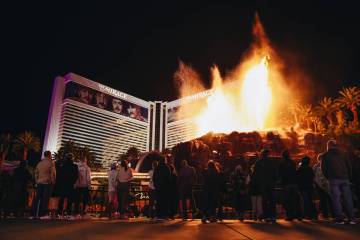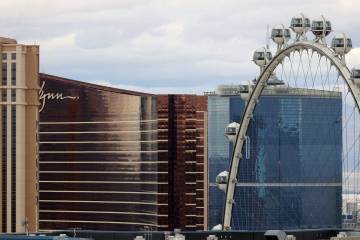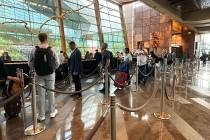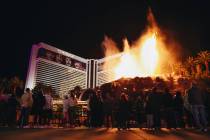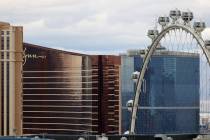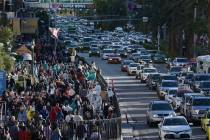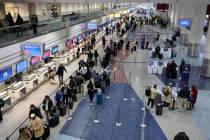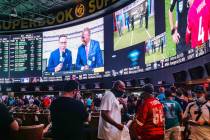What could go wrong on the Las Vegas Raiders Stadium project?
It’s a sprawling, $1.8 billion project on a tight deadline and has been a point of contention for more than two years.
It features the largest public financial contribution to a sports facility ever completed in a state that struggles to stay out of the national basement in most education measures.
And it has to be ready 853 days from now. Preseason games would start in August.
What could possibly go wrong on the Las Vegas Stadium project?
To their credit, the Las Vegas Stadium Authority and the Oakland Raiders have invested a considerable amount of time, money and effort to head off potential problems and address the unexpected as the project moves from legal paperwork to steel girders and concrete.
Raiders President Marc Badain seems convinced that the can-do attitude of the state’s government leaders and Southern Nevada’s labor force can pull off an ambitious timetable that puts the Raiders on the field for the 2020 NFL season.
But is there any concern that that we’ve promised something that can’t be delivered?
Every theory about potential problems has been outlined by a small but noisy contingent of critics based in Oakland, California. Last week, they were chirping about earthquake fault lines in Southern Nevada as if construction engineers — who surely know that Nevada is one of the nation’s most actively seismic states — hadn’t even thought about the geology around the stadium site. It’s a little hard to envision people living in the Bay Area concerned about earthquake problems in Nevada. But I digress.
Badain last week acknowledged that many people in Oakland are disappointed in the Raiders’ move to Las Vegas, but many more are happy that their team will have a home they can be proud of. Some are even counting down the days they can combine a game experience with a Vegas road trip.
Generating the revenue necessary to cover the bonds shouldn’t be a problem because so many protections have been built into assuring that more than enough money will be collected to retire those bonds. Yes, visitor volume has been less than it was the year before for the past nine months. But tax revenue is more about money spent than volume. That’s why the Las Vegas Convention and Visitors Authority is as conscientious about reporting occupancy rates and average daily room rates as it is about tallying visitor volume.
Over time, there have been dramatic rises and significant drops in collections, but historically, it has been a steady 2 percent climb in accumulated tax revenue. That’s why the bond security will only get better in the years ahead.
That said, there are still some areas that might make people uncomfortable about whether the stadium will get done on time.
■ The weather. The one thing the Stadium Authority and the Raiders can’t control. Sure, it gets hot in the summer, but there aren’t many places with a more moderate climate than Southern Nevada. Yes, it will rain once in a while, maybe enough that workers will have to wait for the water to subside. I would be more worried about high winds affecting operations of the tall cranes on the site.
■ A lack of skilled labor. The stadium project will be competing for labor with other big projects in town. Presumably, the contractors have scoped this out and scheduled accordingly. You’ve got to love the enthusiasm union labor is bringing to the urgency of getting the project done. Raiders executives have said they like the fact that many workers will treat this as a legacy project and will want to bring sons and daughters to a stadium that moms and dads helped build.
■ A breakdown in the supply chain. Contractors have already outlined when they need to have certain materials on the site, but the prospect of federal steel and aluminum tariffs could throw a monkey wrench into an established supply system.
■ Legal or political fallout. The chances are remote that a lawsuit could stop a project, but we’ve actually seen it happen on other projects in Southern Nevada, so it has to be considered. The most recent local high-profile example of a lawsuit blocking a project involves a proposed residential development at the site of the Badlands golf course.
■ The unspeakable. If a terrorist act ever occurred, stadium delays obviously would be the least of our worries.
Contact Richard N. Velotta at rvelotta@reviewjournal.com or 702-477-3893. Follow @RickVelotta on Twitter.



